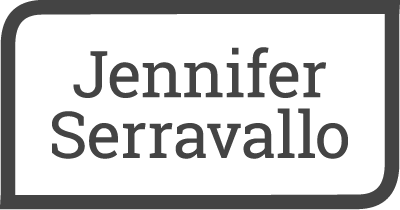An Assets-Based Approach to Teaching & Reaching All Students
Culturally Responsive Teaching Series
November 18, 2024
In this last post in the culturally responsive teaching series, I want to emphasize how all the experts to whom I spoke during seasons 1 and 2 of the To the Classroom Podcast emphasize the importance of having an assets-based mindset as we enter our classrooms every day. All too often we find ourselves focused on what your students don’t know rather than what they do. Every student brings rich knowledge to the classroom which presents unique learning opportunities for the entire class, us included. Below three of my guests share how using what students know and can do helps us sharpen our instruction and improves their learning.
TRANSLANGUAGING AS A BRIDGE
Sometimes as teachers, we want our students to come to our classrooms shared experienced and standard knowledge. In my conversation with Dr. Laura Ascenzi-Moreno, a scholar who studies bi- and multi-lingual education, she argues that it’s our job as teachers to encourage students to use their home languages as a bridge to help them advance their facility with English, and to assess in ways that gives students the best opportunity to show what they know. She explains that translanguaging—encouraging students to use their full linguistic repertoire when learning and being assessed—helps us better understand which needs a student has related to reading or language acquisition.
Taking It to the Classroom
Use a translation app. I know some of you work in classrooms where speak a range of different languages at home and of course we can’t possibly be experts in all the languages. Translation apps are an excellent way to understand what students are communicating when they use both English and their home language(s). Check out Google Translate, Apple Translate, and DeepL.
Rely on students as experts. Pair an emerging bilingual student with a pair of proficient English speakers to support language immersion and developing receptive language skills.
DEFINING MULTIPLE TYPES OF LITERACY
In her book Unearthing Joy: A Guide to Culturally and Historically Responsive Curriculum and Instruction, Dr. Gholdy Muhammed explains how Black ancestors and Black communities define as assets-based approach to pursuing literacy. The five pursuits are:
1. Identity: Making sense of who you are through what you read.
2. Skill: Learning the proficiencies needed to be a proficient reader.
3. Intellectual Development: Determining what content your learned from what you read.
4. Criticality: Learning how to solve problems and disrupt hurt, pain, and harm in the world.
5. Joy: Striving for peace, safety, and wellness for all students and the world.
Dr. Muhammed also notes that every child (and teacher) has something they can do well, and we must cultivate, water, and nurture them to ensure that every student grows.
Taking It to the Classroom
Hold goal-setting conferences. These conferences not only help us get to know our students academically, but also as a person with a unique identity. This ensures your students felt heard, honored, and valued for who they are and conveys your belief in them and their belief in themselves.
Use read aloud to teach criticality. Selecting rich texts that present opportunities for us to model our thinking about justice, equality, cultural diversity (and so much more) helps students transfer those skills to their own reading in school and beyond.
LEVERAGING WISDOM OF CLASSROOM COMMUNITY
Zaretta Hammond, author of Culturally Responsive Teaching & the Brain, discusses how culturally responsive teaching is deeply connected to the science of learning and the science of reading. We discuss the importance of helping students be metacognitive (aware of their thinking processes) and meta-strategic (able to manipulate and improve strategies). She argues that teachers should coach students to understand and just their own processes rather than simply providing instructions or corrections. We also dive into brain chemicals that impact learning and explore how teachers can use this knowledge to create optimal learning environments by reducing stress and threats, promoting social connections, and providing opportunities for students to experience progress and success.
Taking It to the Classroom
Teach strategies. Zaretta notes that it’s critically important to teach students how to do something, and set them up with opportunities for productive struggle and feedback. Strategies are explicit how-tos that we can offer students so that they are the ones doing the work.
Encourage collaboration. Providing opportunities for students to connect with others helps students clarify their thinking, learn from other perspectives, and build a classroom community where everyone feels heard and valued. One way is to use peer editing and collaborative work to leverage the "distributed wisdom of the group."
To learn more about these esteemed educators’ research and ideas, listen to the full podcasts.
For support bringing this research to your classroom, reach out to learn more about professional learning with me or a member of my team. We can support you with lesson planning, classroom demonstration, workshops, webinars, and more.

